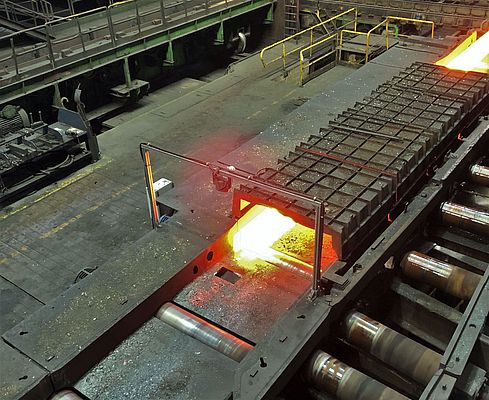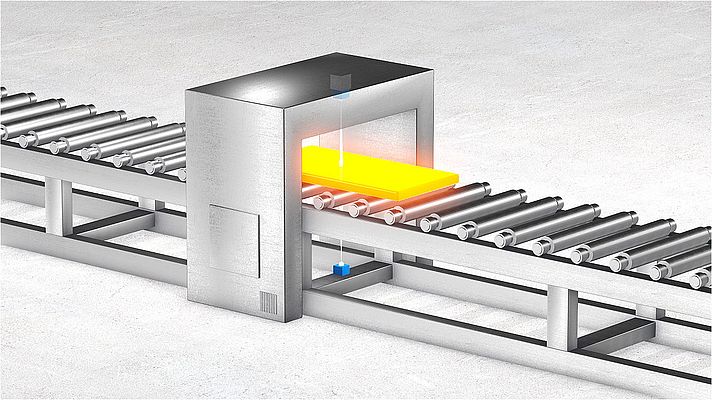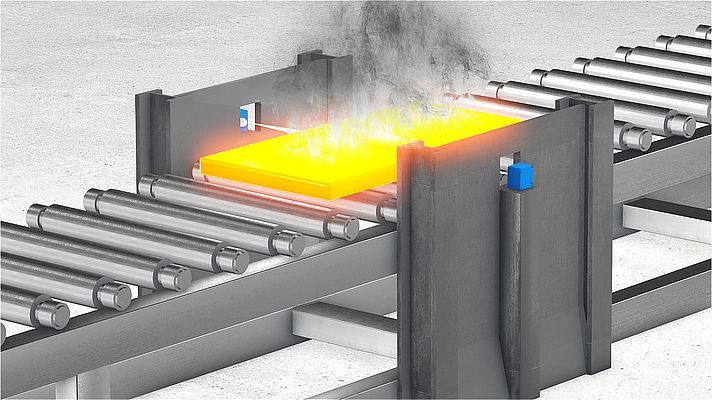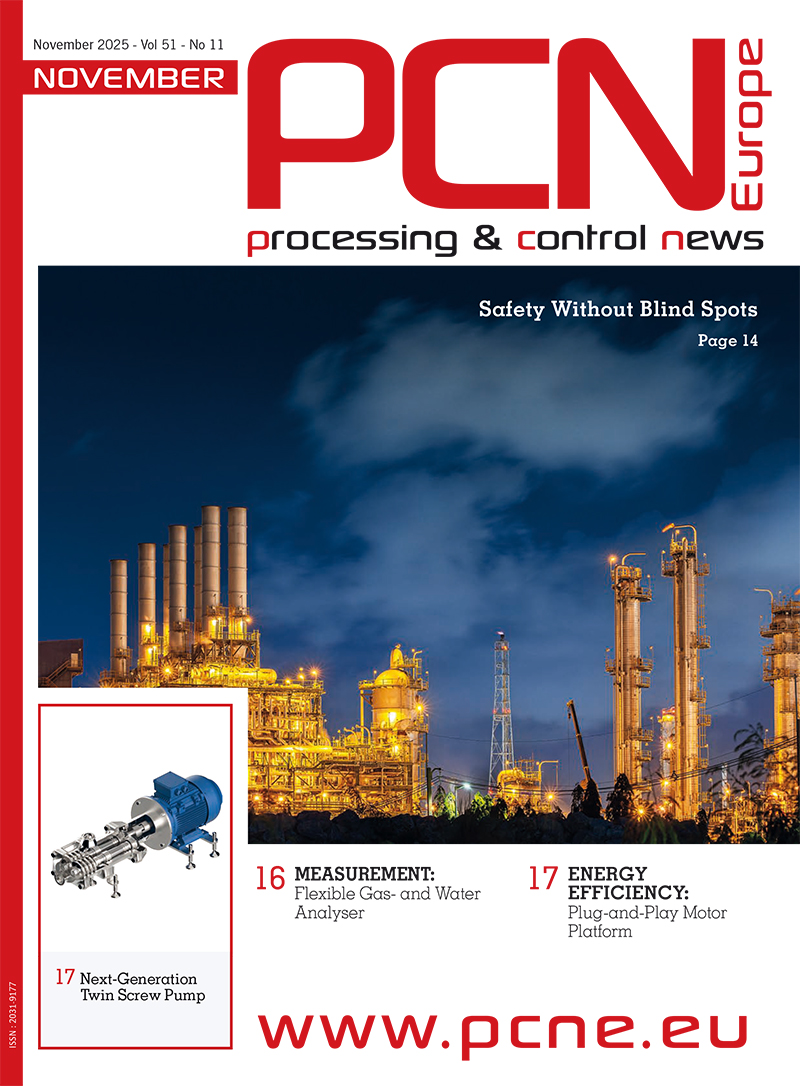ArcelorMittal has successfully implemented a radar sensor solution for the precise measurement of semifinished steel products together with the radar specialist OndoSense from Germany. Using the OndoSense apex radar sensors, ArcelorMittal was able to automate and improve the product monitoring even in the harsh conditions of the hot rolling mill with dust, steam, vibrations, and red-hot steel of temperatures up to 1300°C. The dimension of slabs, billets and beams are reliably measured early in the rolling process with an accuracy of less than 1 mm. As a result, this inline dimension measurement protects the machinery of the rolling mill, reduces costs and emissions by reducing scrap, and increases the utilization rate and safety of the plant. In order to further automate and digitalize its production, ArcelorMittal plans on rolling out the radar sensor solution to other hot rolling mills in the near future.
“Our new radar sensor solution helps increase the productivity of our rolling plants for semifinished long products. Thanks to the inline measurement process, we can adapt the rolling of our products early in the process which has many benefits. OndoSense does not only offer a very reliable and robust product: The OndoSense team has also been very supportive and fast during the integration process,” says Thomas Hilbert, Research & Development Engineer at ArcelorMittal Luxembourg.
Modern solution wanted to replace manual measurement
The automated width and thickness measurement of steel products is quite a challenging task in conditions with steam, dust, poor lighting conditions and product temperatures of up to 1300 degrees Celsius. Before implementing a radar sensor solution that can reliably and precisely measure the products dimensions inline, ArcelorMittal measured the dimension of long steel products by hand using a caliper as has been the standard procedure in the steel industry for the width and thickness measurement of long products.
“The manual sampling of the product dimensions was regarded sufficient in the past, as the rolling parameters can be adjusted after taking a manual sample during a new production run. Yet, this manual inspection is a demanding job with some safety challenges, so we were on the look-out for a modern solution to automate this step” explains Thomas Hilbert from ArcelorMittal. The resolution of the caliper measurement is limited to 1 mm and the product dimension is only measured after the rolling procedure to verify that the rolling parameters were correctly set. In case of deviations, it is too late to make adjustments which can result in damages to the rolls of the rolling stands in case of the product exceeding the target dimensions. “We were impressed by the professionalism and attentiveness to modern solutions by the R&D Department at ArcelorMittal” says Axel Hülsmann, CTO at OndoSense. “Thomas Hilbert was the first to identify our sensors for this application and used his extensive knowledge of the automation of the rolling process to efficiently create a valuable system from our radar sensors.”
Inline radar measurement increases the productivity of the rolling mill
Using the new radar sensor solution, steel slab, billet and beams can now be measured accurately and early in the rolling process. With a high accuracy of less than a millimeter, the system is more accurate than the caliper measurement. Furthermore, the system provides contactless, reliable measurements of the glowing products even in the harsh environment of the steel industry with water vapor, dust, smoke, or challenging lighting conditions. For the measurement two radar distance sensors are placed on both sides of the product. Using the distance between the sensors, the product dimensions can then be continuously measured independently of the alloy of the metal products. If needed, a heavy-duty housing actively protects the sensor against extreme temperatures.
The compact sensors can be easily integrated into production and require little maintenance effort. Compared to optical sensor technologies such as lidar or laser, radar is much less prone to perturbations from small particles which are present in dust and vapor -the much longer wavelength of the radar waves being the key factor here. The precise measurement enables a higher productivity of the plant. “If the semi-finished product has the wrong dimensions, it can damage the rolling lines and the final product will be out of tolerances. It will lead to line stoppage, time for maintenance and scrapped product” says Thomas Hilbert. The new radar solution thus results in reduced energy consumption and reduced CO₂ emissions. “Radar clearly has great potential when it comes to enhancing the efficiency and productivity in the steel industry. Implementing the OndoSense radar technology has already helped us to save lots of time, costs, material and ultimately to reduce CO₂ emissions. I look forward to further projects with OndoSense in order to continue towards a more digitalized, sustainable steel production at ArcelorMittal”, Thomas Hilbert declares.























